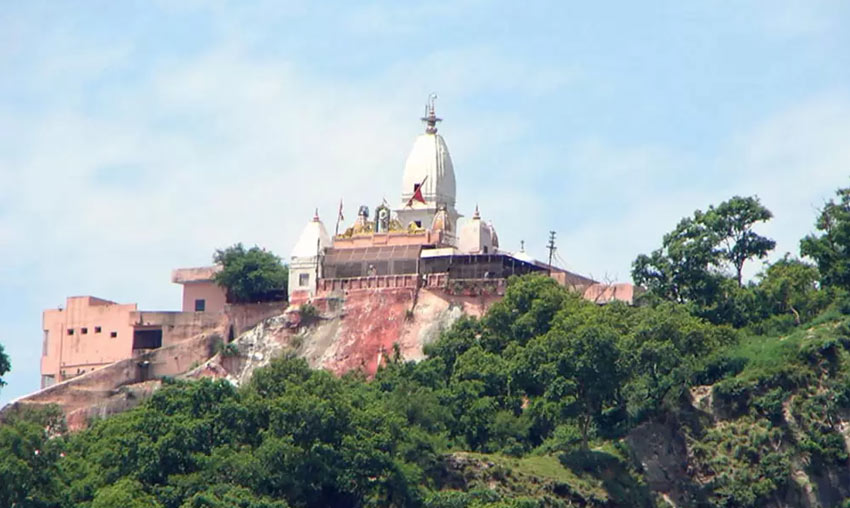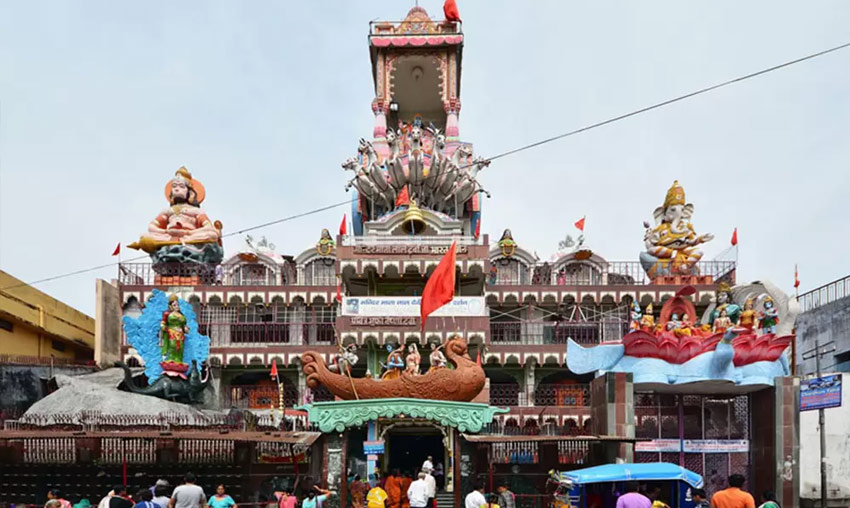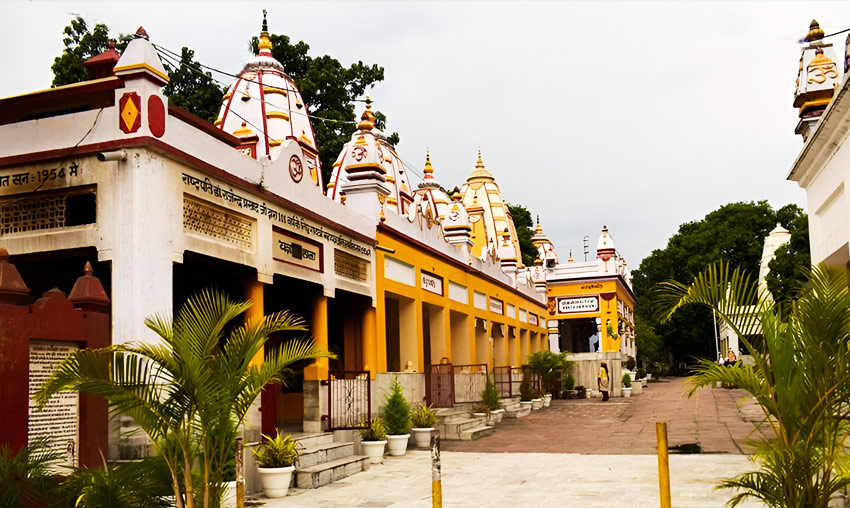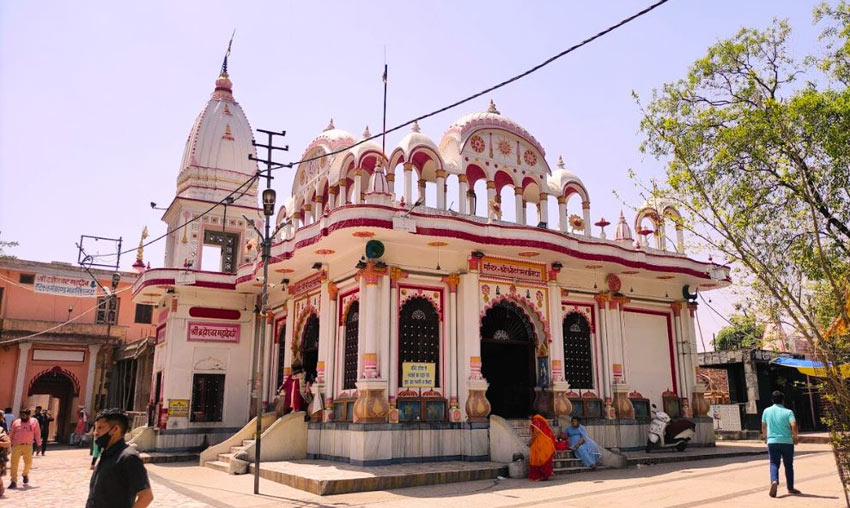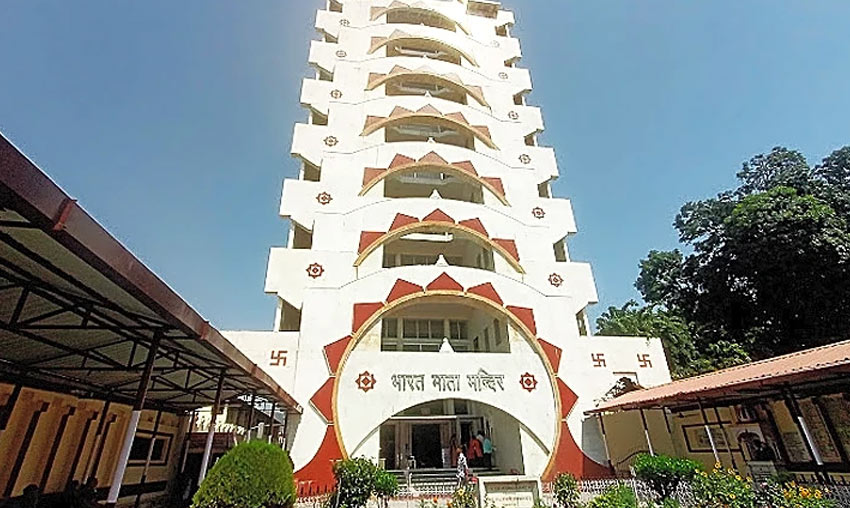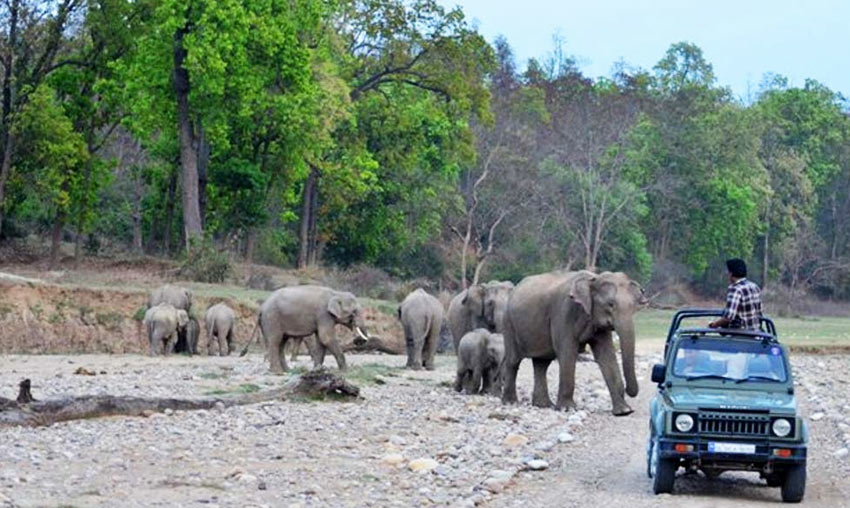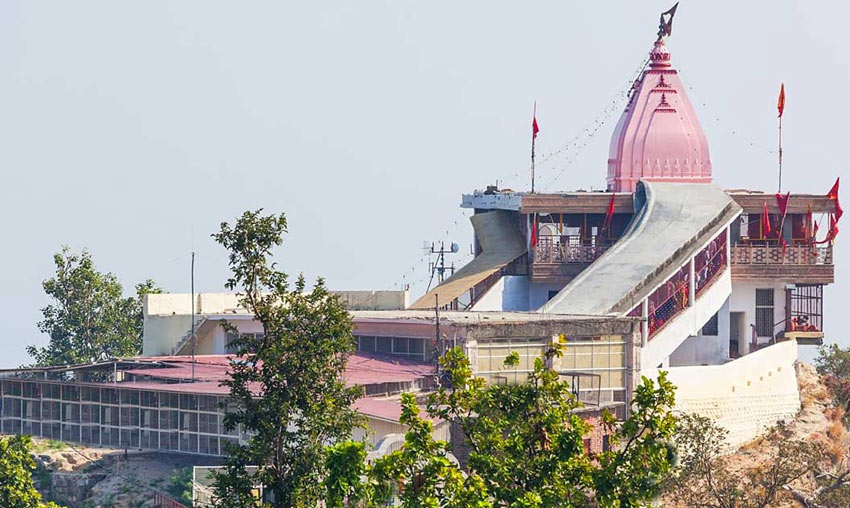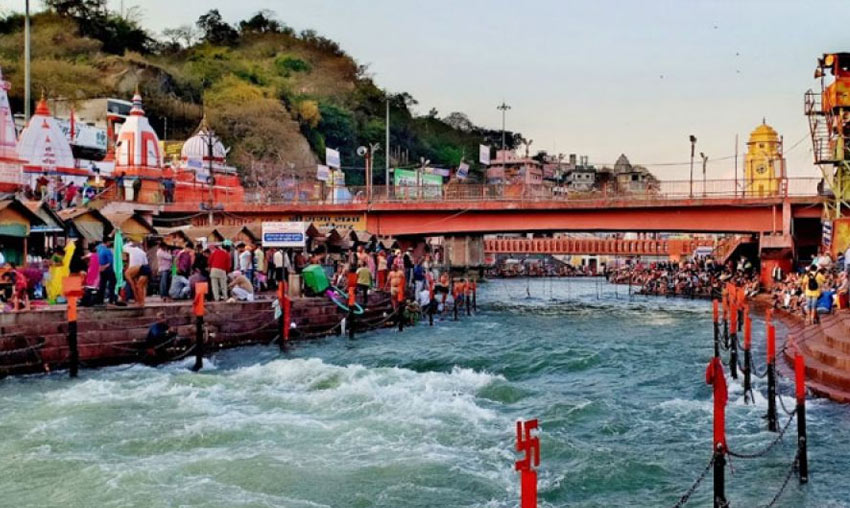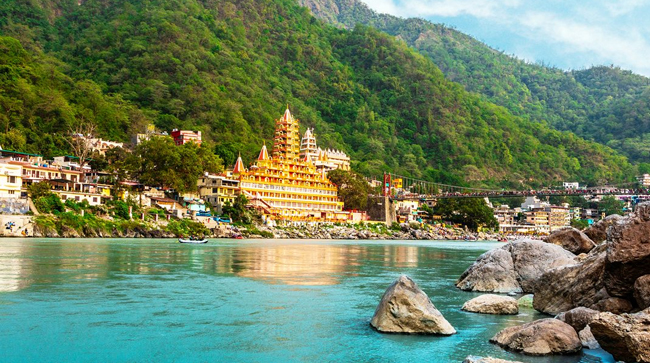Mansa Devi Temple, Haridwar Overview
The goddess Mansa Devi, who is regarded as a manifestation of Shakti and is said to have arisen from Lord Shiva’s intellect, is the object of devotion at the well-known Mansa Devi Temple in Haridwar, Uttarakhand. The temple is one of the five pilgrimages in Haridwar, called the “Panch Tirths,” and receives thousands of Hindu visitors each year. The temple, which is situated atop the Bilwa Parvat on the Sivalik Hills, is also referred to as Bilwa Tirth.
Devotees fervently believe that the goddess Mansa grants all of the requests of a sincere and devoted visitor to the temple. The word Mansa signifies wish. Therefore, the exquisite temple is considered a ‘Siddh Peetha’, a phrase used to describe places where wishes and desires are fulfilled. The three temples make up the three Peethas that are situated in Haridwar, together with the Maya Devi Temple and Chandi Devi Temple.
In addition to the temple itself, the Mansa Devi Temple is extremely significant religiously because it is situated in Haridwar, which is thought to be one of the four locations where elixir drops unintentionally dropped while being transported by Lord Vishnu’s vehicle, Garuda. This may be the reason why, out of all the temples in northern India, this magnificent one receives one of the most visitors. Another element that enhances the temple’s grandeur and draws visitors from all across the nation are the ropeways that ascend to it.
History of Mansa Devi Temple
Between 1811 and 1815, Maharaja Gopal Singh of Mani Majra built the Mansa Devi Temple. The temple is devoted to the goddess Mansa Devi, who is thought to be a manifestation of Shakti that manifested from the sage Kashyap’s thoughts. She is also Vasuki, the serpent’s sister.
There’s a lot of history associated with Haridwar, the location of the temple. One of the oldest pilgrimage sites in the entire nation is Haridwar. Haridwar is one of the four locations where drops of Amrita, the elixir, unintentionally spilled from the pitcher that Lord Vishnu’s vehicle, the heavenly bird Garuda, was transporting, according to Indian mythology and folklore.
The temple also holds the concept that the two goddesses, Mansa and Chandi, who are the two manifestations of Parvati, always live adjacent to one another. As a result, the Chandi Mandir is located next to the Mansa Devi Temple.
Rituals at Mansa Devi Temple, Haridwar
Two goddesses, one with eight arms and the other with five arms but three heads, are positioned within the inner shrine of the Mansa Devi Temple. All devoted followers who come to the temple to seek the goddess’ blessings are said to have their wishes fulfilled by the goddess Mansa Devi. As a result, those who wish to have their particular wishes granted tie threads to the branches of a big tree inside the complex. They return to the temple to praise the Almighty and untie these threads after their desires are fulfilled. Devotees also present Mansa Devi with garlands, incense sticks, coconuts, and other fruits in an effort to appease her.
Ropeway to Mansa Devi Temple
Devotees and tourists can ascend to the Mansa Devi Temple via the ropeway service. Known as “Mansa Devi Udankhatola,” this service was established mainly for the pilgrims’ convenience and benefit. With a total length of 540 meters and a height of 178 meters, the ropeway ride starts at the lower base station and continues straight to the temple. The Chanda Devi Temple can also be visited via the ropeway.
During April through October, the first cable car to the Mansa Devi Temple departs at 7:00 AM; otherwise, it departs at 8:00 AM.
The cost of transportation to and from the temple is approximately INR 150 per person.
Tips For Visiting Mansa Devi Temple
1. Avoid the priests there who want to take large sums of money from the followers.
2. Keep an eye out for monkeys around the shrine, and avoid giving them food.
